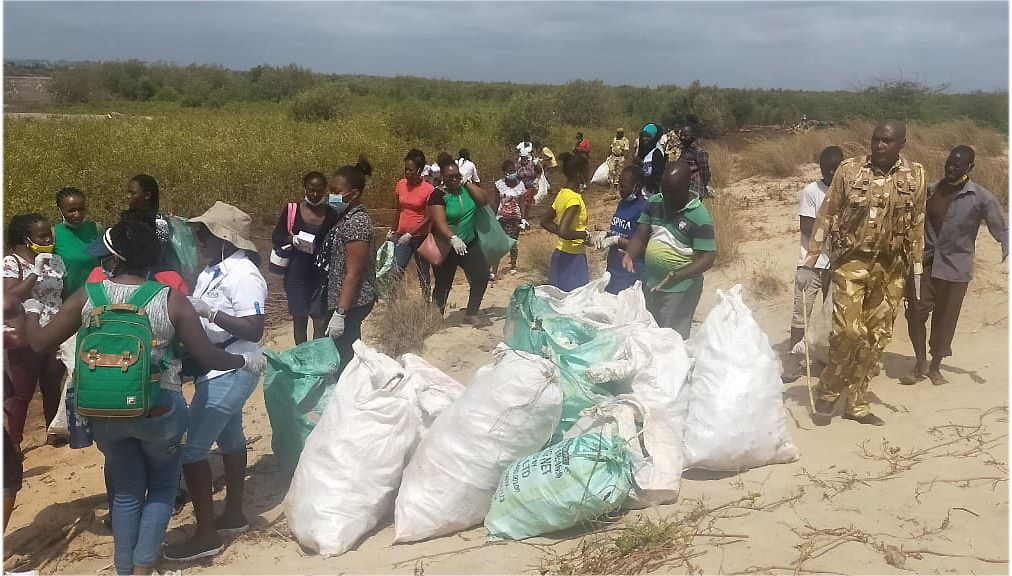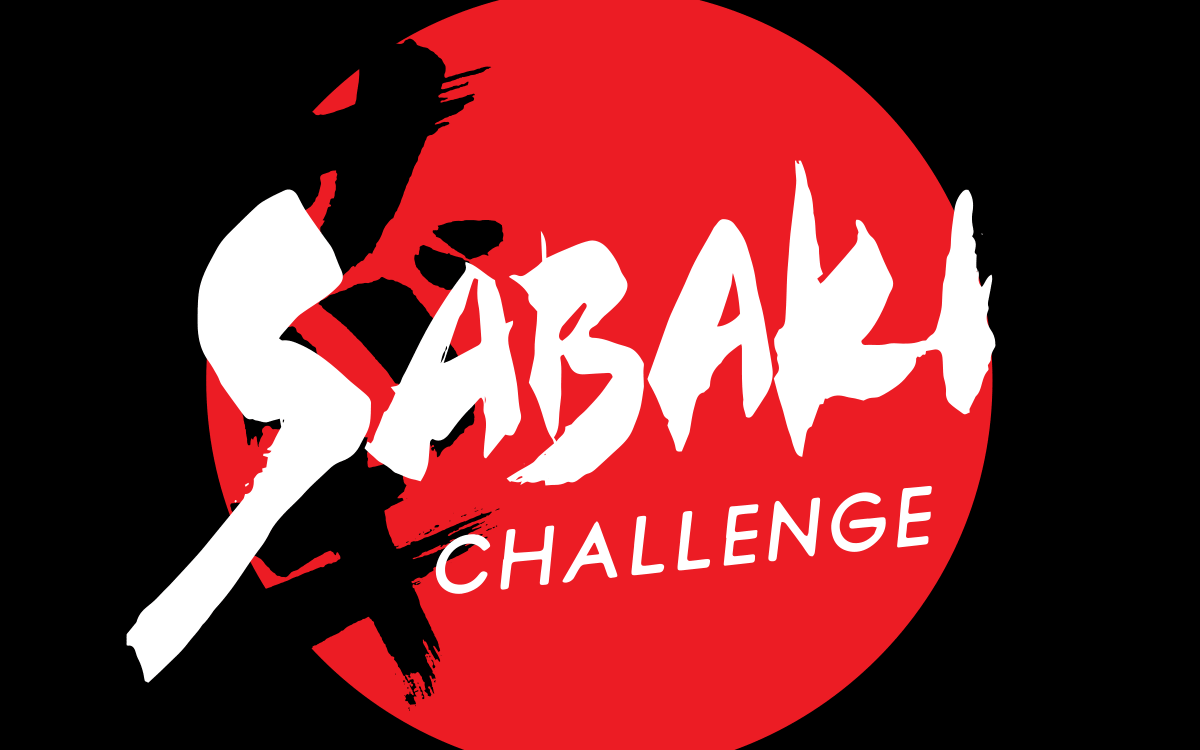
Lesser Flamingos also frequent Sabaki Estuary, when it is less flooded and the waters are low in the river. Sabaki River Estuary is the best place in Kenya to see Madagascar Pratincole, a threatened afro tropic Malagasy migrant that is infrequently seen (March-September), Wintering Palaeartic wader the Broad-billed Sandpiper, White-faced whistling ducks roost amongst the waders, which include dozens of pied avocets, whimbrel and their larger relatives the Eurasian curlews, as well as bar-tailed Godwits. They feed far out in the sea and return to roost on the Sand banksįor birdwatchers, Sabaki estuary is like walking through paradise. Read in the infographic below how a new demonstration project under the Nairobi Convention's WIOSAP project aims to bring stakeholders together to plan, manage, conserve and protect the Malindi-Sabaki estuary ecosystem. The mouth of the Sabaki River offers a rich diversity of bird species, including many rarities and spectacular numbers of gulls and terns. However, the estuary is under threat from unregulated human activity, causing pollution and overexploitation of its resources. The coastal scrub and wetlands adjacent to the river mouth are an important habitat for shorebirds and other water birds. North of the estuary, there are sand dunes, a rare sight in Coast. Located in northern Kenya, the wetlands are fed by the Athi-Galana-Sabaki River, which begins its course at Ondiri Swamp and makes its way to the Indian Ocean. The estuary itself covers an area of about six kilometres and has sandbanks, mudbanks, dunes and seasonal and permanent freshwater pools, mangroves and scrub. The Sabaki Estuary is an area of wetlands covering around 200 ha. You can stand and watch this ‘fight’ for hours especially during high tides when the sea water tends to rush out and clash with the muddled yellow-like incoming river water. The ‘fight’ characterized by the force of the river and repulse by the high tide of the ocean is a sight to behold. The beauty is in watching the ‘fight’ as the turbid yellow water from the river refuses to mix with the sky-blue waters of the Indian Ocean. The estuary receives freshwater and terrigenous sediment load from a 70,000 km2 Athi-Sabaki river basin, which covers approximately 11 of the total land of Kenya. Sabaki is the name of the last segment of one of the longest rivers in Kenya, Athi-Galana-Sabaki.ĭespite nature hoping to unify the river and sea, there is a clear demarcation. Description of the Sabaki estuary The Sabaki Estuary (Longitude: 3.2oS & Latitude: 40.15oE) is located about 10 km north of Malindi town in Kenya (Figure 1). The hidden destination mostly frequented by a few birdwatchers’ marks where a river pours its water into an ocean yet the sea has rejected the water for years. Non-bird biodiversity: None known to BirdLife International.īirdLife International (2023) Important Bird Area factsheet: Sabaki River Mouth.Sabaki River Estuary is located about five kilometres from Malindi town.

Regionally threatened species include Casmerodius albus (usually present in small numbers) and Rynchops flavirostris (a regular visitor, mainly August–March). The Near Threatened, restricted-range Anthus melindae is resident in and around the grassy dunes. This was achieved by assessing the vulnerability of waterbirds to disturbance from human activity in the estuary.

The aim was to draw a meiofaunal dataset inventory of the two estuaries.

Good numbers of Palearctic shorebirds also occur, and Limicola falcinellus, a very uncommon bird in Kenya, winters here in flocks of up to 80. estuaries (Sabaki and Tana) on the north coast of Kenya were compared. This site hosts large visiting flocks of Glareola ocularis (regularly up to 2,500, with a maximum of 9,000–10,000 in 1978), and is an important resting, roosting and feeding ground for gulls and terns. Just north and south of the river mouth are grassy dunes that conceal permanent or temporary pools of freshwater. The state and size of the estuary vary seasonally, depending on river flows. Ryan Twedt Rafiki Safari James Apolloh Freelance Tour Guide Japhet Kadenge Ahmed Ngundi Per Smith James Apolloh Freelance Tour Guide James Apolloh. This area comprises the sandbanks, mudbanks, dunes and freshwater pools and marshes at the mouth of the Sabaki, Kenya’s second-longest river, c.5 km north of Malindi town, between the Malindi–Mambrui road bridge and the sea.


 0 kommentar(er)
0 kommentar(er)
